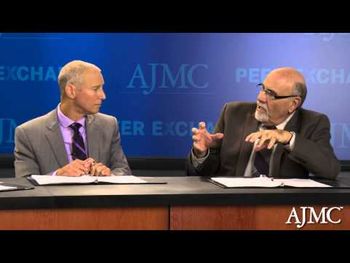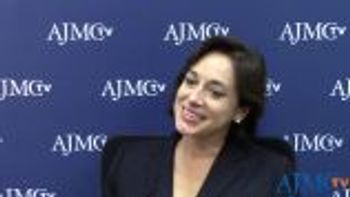
Technology
Latest News
CME Content


Healthcare providers have shown a lack of progress regarding ICD-10 readiness compared with a year ago, while vendors are mostly prepared, according to a new WEDI survey.

The move toward an age of digital health will allow doctors to learn more and faster when it comes to drug toxicity and side effects, according to Peter P. Yu, MD, FASCO, 2014-2015 ASCO president.

Poor interoperability across health information technology systems is preventing accountable care organizations from using the technology to improve clinical quality.

Doug Fridsma, MD, PhD, FACP, FACMI, is leaving his position as the chief science officer for the Office of the National Coordinator for Health Information Technology to become the president and CEO of the American Medical Informatics Association.

After examining the security and privacy of the Healthcare.gov website and its supporting systems at CMS, the Government Accountability Office published a report with 6 security management and 22 technical security recommendations.

Health information technology presents an exciting opportunity for researchers interested in applied work, according to Karen B. DeSalvo, MD, MPH, MSc, National Coordinator for Health Information Technology.

As part of National Health IT Week, the Office of the National Coordinator for Health IT, outlined its 10-year vision to achieve interoperability for health IT.

This is the first empirical evidence to demonstrate increased competition and innovation in the EHR industry as a result of the HITECH program.

Anthem Blue Cross is partnering with 7 rival hospital systems in California to create a new integrated health system in the Los Angeles and Orange counties. The members will share financial risk and gain.

Although baby boomers are expected to place a large burden on healthcare resources, consumer health technologies could help stem increasing needs and costs, according to a new study in the Journal of Medical Internet Research.

The Office of the National Coordinator for Health IT released a final rule for electronic health record certification that offers more flexibility for health information technology developers, providers, and consumers.

Numbers for Stage 2 meaningful use attestation remain very low, according to the latest numbers from the Centers for Medicare and Medicaid Services.

The White House named former Google executive Megan Smith as its new chief technology officer to succeed Athenahealth co-founder and HHS veteran Todd Park, who is credited with helping rescue HealthCare.gov.

Karen B. DeSalvo, MD, MPH, MSc, National Coordinator for Health Information Technology said the promise and power of health information technology in the world of public health is vast and growing.

Reports that information on 4.5 million patients from 26 states had been hacked from more than 200 hospitals stunned consumers and the health care community yesterday, even though experts in health information technology have warned of this possibility for some time. News of the hacking incident within Community Health Systems comes as the top US official charged with overseeing the nation's health information technology (HIT) is trying to educate patients about what to expect about the use of their healthcare information.

Karen DeSalvo, MD, National Coordinator for Health Information Technology, said that while patients expect their medical records to be confidential, they are open to information sharing so long as it leads to improvements in their health or the health of others. Moreover, as Dr DeSalvo reveals, many patients expect their medical records to be digitized.





With the speed at which technology advances, it can be surprising that the majority of US medical records are not yet available electronically - but the nation is gradually making the transition to great electronic health record (EHR) use.

Health technology and electronic health-record powerhouse Cerner Corp. is spending $1.3 billion to purchase Siemens Health Services, Siemens' health information technology business, Cerner announced Tuesday.

Two of California's largest health insurers are partnering to create a massive database of patient medical records.

Len Nichols, PhD, director of the Center for Health Policy Research and Ethics (CHPRE) and a professor of Health Policy at George Mason University, says that transparency in healthcare is an important concept.








































